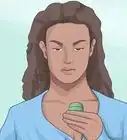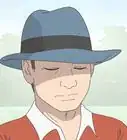This article was medically reviewed by Luba Lee, FNP-BC, MS. Luba Lee, FNP-BC is a Board-Certified Family Nurse Practitioner (FNP) and educator in Tennessee with over a decade of clinical experience. Luba has certifications in Pediatric Advanced Life Support (PALS), Emergency Medicine, Advanced Cardiac Life Support (ACLS), Team Building, and Critical Care Nursing. She received her Master of Science in Nursing (MSN) from the University of Tennessee in 2006.
There are 10 references cited in this article, which can be found at the bottom of the page.
This article has been viewed 46,409 times.
People of any age can experience hair loss, but it may feel more distressing to witness a child you know lose their hair. There are many causes of hair loss in kids, and the most common causes can be diagnosed and treated by your family physician. Stopping the problem depends on identifying the cause, so see your doctor or a specialist. Then use medications appropriately, change your child’s hair care routine, their diet and help them cope with hair loss.
Steps
Diagnosing the Problem
-
1Look for round patches of hair loss with a flaky scalp. The most common cause of pediatric hair loss is tinea capitis – also called “ringworm,” this is actually a fungal infection of the scalp. Look at your child’s scalp. Suspect ringworm if they have round or oval patches of hair loss with some broken off hairs visible just above the skin of their scalp.[1] Hairs can look like little black dots on the scalp.
- Other indications of ringworm are gray flakes or scales on the scalp.
- The child may also have ringworm on other parts of their body. Look for a small, red ring with a clear, flaky center.
-
2Feel the child’s bald spots for complete hair loss. Touch the bald spots with your fingers. Notice if they are completely smooth. Look for broken hairs or small black spots on the scalp that indicate hair follicles are still present. 1 in 1,000 children experience alopecia areata – complete balding with total hair loss in round or oval patches. This may be due to an immune response, and can happen overnight.[2]Advertisement
-
3Note details about the hair loss. Some causes of hair loss are gradual, while other times hair loss can occur over several days or even overnight.[3] Keep track of information about your child’s hair loss so you can tell your doctor. Keep a log with the following information:
- When the hair loss started
- If any new product was used before the hair loss, or whether the child was exposed to any chemicals
- If the child suffered any injury or if they constantly pull on their hair
- Where the hair loss started, and whether it spread
- If their skin is flaky, smooth, red, bruised, etc. on the bald spots
-
4Recall if there are recent traumas in the child’s life. A physically or emotionally traumatic event can interrupt the natural growth process of a child’s hair and cause total or partial hair loss. Even taking some medications can affect the body in this way. This is a disorder called telogen effluvium. Hair loss can occur 6-16 weeks after the traumatic event. Think back to 1-4 months ago, and note whether your child experienced any of the following:
- High fever
- Surgery during which general anesthesia was used
- Severe emotional distress, such as with death of a loved one or abuse
- Severe physical injury
- Use of the medication Accutane for acne
-
5Observe your child's behaviors with their hair. If your child is experiencing hair loss, keep a close eye on their behaviors. Notice if your child is pulling at their hair, twirling it, twisting it, and fidgeting with it. If so, make note of whether they do this more when they're nervous or uncomfortable. Some children express stress and anxiety by playing with their hair, which can cause damage and hair loss.
-
6Take your child to their doctor. Get pediatric hair loss diagnosed by your doctor so it can be accurately treated. There are several tests the doctor can do to determine the cause of the problem. They will check for ringworm with a Wood’s lamp – a UV lamp that shows fungus on the skin.[4] Other problems can be diagnosed with a physical exam, history, and possibly a blood test.
-
7Get hormone levels checked. Rarely, problems with your child’s thyroid or pituitary can cause hair loss. Your doctor can check this with a physical exam and simple blood test. If no other cause for the hair loss is found, ask about getting these tests done.[5] Hormone balances such as these can usually be corrected with medication.
Treating Medical Causes of Hair Loss
-
1Treat ringworm with oral medicine and shampoo for 8 weeks. Ringworm is treatable, but takes a while to go away completely. Depending on how severe the infection is, your child may have to both take an oral medication daily and use an antifungal shampoo (selenium sulfide or ketoconazole) 2-3 times a week.[6] Use the shampoo as indicated on the bottle or as directed by your doctor.
- If your child uses the shampoo and takes their medication properly, they shouldn’t be contagious. There’s no need to keep them out of school.
- It is very important to use both treatment methods for the full 8 weeks! Otherwise it’s likely the ringworm will return and you’ll have to start treatment from the beginning.
-
2Treat alopecia areata. Ask your doctor about corticosteroid ointments or creams applied to the bald areas for younger children. Teenagers may try steroid injections in the scalp if they can tolerate it. Minoxidil (Rogaine) or Anthralin may also be used. If treatments are successful, hair growth may come back in 8-12 weeks [7]
-
3Consult a skin specialist. Dermatologists are doctors who specialize in caring for skin. If your child has alopecia areata, work closely with a dermatologist. Your child may get all their hair back within a year, with proper treatment. There is no specific medication to treat alopecia areata, but your doctor can prescribe some medicines to help promote hair growth. Talk to your doctor about your child’s health and medical history so you can choose the best medication.[8]
-
4Manage your child’s anxiety. Stress and anxiety can cause hair loss, even in children.[9] Work with a behavioral health professional who specializes in pediatric care if your child has a diagnosed anxiety disorder such as generalized anxiety, separation anxiety, panic disorder, social phobia, or OCD.[10] Help your child cope with general stress by trying some of the following:[11]
- Listen to your child’s concerns and fears.
- Provide caring, positive responses that acknowledge their feelings, such as, “I understand why that made you feel scared, but it’s okay now.”
- Help them brainstorm ideas to solve the problem – teach them how to problem-solve rather than trying to fix everything for them.
- Do positive, fun, distracting activities with them like reading, playing outside, and providing warm physical contact.
-
5Work with a behavioral therapist to ease problematic hair pulling. If your child is constantly pulling on their hair or pulling their hair out, they may have a disorder called trichotillomania. The child may also eat the hair they pull out. This is a habit similar to but not the same as obsessive-compulsive disorder (OCD) that causes the child to pluck or twirl their hair. Trichotillomania is more common in those with OCD, but not necessarily related.[12] Consult a behavioral therapist like a counselor, psychiatrist, or psychologist if you notice these symptoms. They can use talk therapy and behavioral modifications to help ease your child’s symptoms.
- Hair will usually re-grow normally once the child stops pulling on it.
-
6Telogen effluvium is a relatively rapid loss of hair related to stress. A sudden stress, such as a high fever, the death of a loved one, surgery under general anesthesia, severe injury or after the use of certain medications, can cause the hair growth cycle to shift, which results in unusual thinning or shedding of the hair. After the stress stops, a full recovery of hair growth can be expected within 6 months to a year.[13]
-
7Ensure your child gets enough iron. Iron deficiency may worsen or cause pediatric hair loss. If no other causes for your child’s hair loss are found, ask your doctor to check your child’s iron level. If they are low in iron, include iron rich foods in their diet. Your doctor may also recommend an iron supplement – use them only as directed, as too much iron can be harmful to children.[16]
- Iron-rich foods include red meat, pork, poultry, seafood, beans, dark leafy greens like spinach, dried fruit like raisins and apricots, peas, and iron-fortified grains.[17]
-
8Make zinc and biotin a regular part of your child’s diet. Low zinc may worsen hair problems in children.[18] Include foods that are high in zinc in your child’s diet if your doctor tells you they have a zinc deficiency. Lean meats, seafood like oysters and herring, peas, and beans are excellent sources of zinc.[19]
Making Lifestyle Modifications
-
1Wear hair loose. Hair loss can be due to trauma to the hair follicle, including constant pulling on the hair by tight ponytails, braids, and barrettes. Keep the child’s hair in very loose braids, or down completely.[20]
- A headband can help keep long hair out of your child’s face.
- Avoid excessive washing, fluffing, curling, blow drying, straightening, teasing or vigorous combing or brushing of your child’s hair.
-
2Avoid constant friction on the scalp. If your child constantly rubs their head against a headboard, wheelchair, or other object, the friction can damage hair and cause hair loss.[21] Pay attention to the area of hair loss and your child’s activities – notice if the balding area is frequently rubbing against something. Then take action to prevent this continual friction.
-
3Treat thinning hair gently. If your child has started losing their hair, treat it more gently to minimize further hair loss. Wash it less frequently than usual and use mild shampoo for sensitive skin or baby shampoo. Stop teens from using color treatment or highlights, which can further damage fragile hair. Let hair dry naturally rather than using harsh blow dryers or curling irons.[22]
Helping Your Child Cope with Hair Loss
-
1Discuss the potential for hair loss with cancer treatment. If your child is undergoing chemotherapy or radiation to the head, they may lose their hair. This may not bother younger children, whereas it can feel very distressing for older children and teenagers. Not all cancer treatment causes hair loss. Discuss the possibility with your child’s care team, and have a preemptive conversation with your child about it. It may help your child cope with hair loss if they feel prepared and know that it’s coming.
- Try to focus on the positive aspects of their treatment, like the idea of getting better. Remind them that hair grows back, and that they are beautiful no matter what.
-
2Document the cut and color of your child’s hair. Your child may want to get a wig that closely matches how their hair looks before it falls out. If it’s likely that your child will experience hair loss, take photos of their favorite hair cut. Cut a small lock of their hair and save it to best match color later.[23]
-
3Suggest they cut their hair short before it falls out. One stressful aspect of hair loss is the feeling of losing control. Help your child take control of the situation by suggesting they choose a short haircut that they like.[24] Choosing to shave their head or cut their hair short can help them feel more in control, and can ease the stress of hair loss. It will also make the visual changes of hair loss look less dramatic.
-
4Shop for attractive cover-ups. Go shopping with your child for hats and scarves that they can wear on their head. They should feel comfortable and attractive in whatever they choose.[25] Consider giving them a budget and allowing them to purchase whatever they want.
-
5Get a prescription for a wig. Your insurance company will probably cover the cost of a special-fit wig if it is prescribed by your doctor. Call your insurance company to be sure they will pay for it – for medical purposes, wigs are called “hair prostheses.” Find a hair salon or wig shop that can help make a wig for a young person.[26]
- For financial help obtaining a wig, call your local chapter of the American Cancer Society. They may be able to help you get a free wig.
- Consider letting your child choose whatever wig they want – whatever cut, style, or color. This can help them feel more comfortable and in control.
References
- ↑ http://www.americanhairloss.org/children_hair_loss/causes_treatment.asp
- ↑ http://www.americanhairloss.org/children_hair_loss/causes_treatment.asp
- ↑ http://www.americanhairloss.org/children_hair_loss/causes_treatment.asp
- ↑ http://www.americanhairloss.org/children_hair_loss/causes_treatment.asp
- ↑ https://www.babycenter.com/0_hair-loss-in-children_11432.bc
- ↑ http://www.americanhairloss.org/children_hair_loss/causes_treatment.asp
- ↑ http://www.webmd.com/children/hair-loss-in-children#1
- ↑ http://www.americanhairloss.org/children_hair_loss/causes_treatment.asp
- ↑ http://www.mayoclinic.org/healthy-lifestyle/stress-management/expert-answers/stress-and-hair-loss/faq-20057820
- ↑ http://www.mayoclinic.org/departments-centers/psychiatry/services/pediatric-anxiety-disorders-clinic
- ↑ http://kidshealth.org/en/parents/stress-coping.html
- ↑ http://www.americanhairloss.org/children_hair_loss/causes_treatment.asp
- ↑ http://www.americanhairloss.org/children_hair_loss/causes_treatment.asp
- ↑ http://www.clevelandclinicmeded.com/medicalpubs/diseasemanagement/dermatology/hair-disorders/
- ↑ http://www.clevelandclinicmeded.com/medicalpubs/diseasemanagement/dermatology/hair-disorders/
- ↑ https://www.ncbi.nlm.nih.gov/pmc/articles/PMC3999647/
- ↑ https://www.ncbi.nlm.nih.gov/pmc/articles/PMC3999647/
- ↑ https://www.ncbi.nlm.nih.gov/pmc/articles/PMC3999647/
- ↑ http://www.mayoclinic.org/drugs-supplements/zinc-supplement-oral-route-parenteral-route/description/drg-20070269
- ↑ https://www.hairlosstalk.com/guides/children/types/
- ↑ http://www.americanhairloss.org/children_hair_loss/causes_treatment.asp
- ↑ http://www.americanhairloss.org/children_hair_loss/causes_treatment.asp
- ↑ http://www.americanhairloss.org/children_hair_loss/causes_treatment.asp
- ↑ http://www.americanhairloss.org/children_hair_loss/causes_treatment.asp
- ↑ http://www.americanhairloss.org/children_hair_loss/causes_treatment.asp
- ↑ http://www.americanhairloss.org/children_hair_loss/causes_treatment.asp
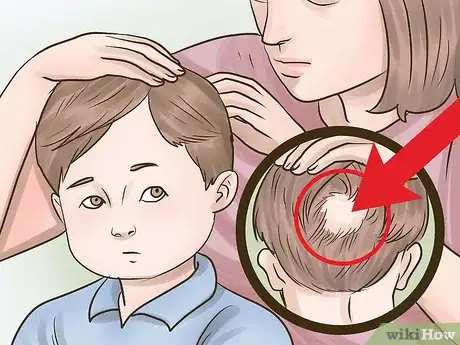
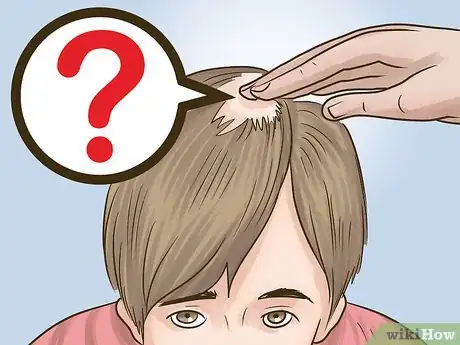
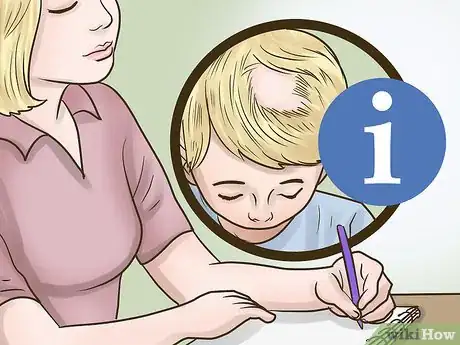
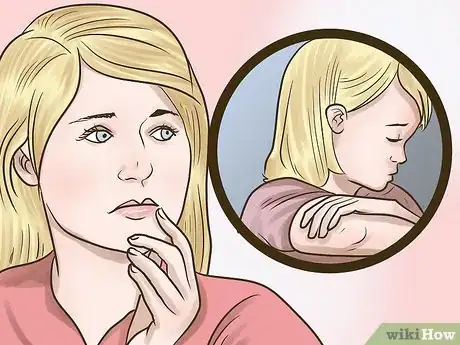
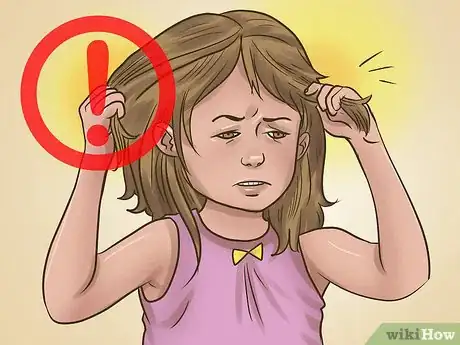
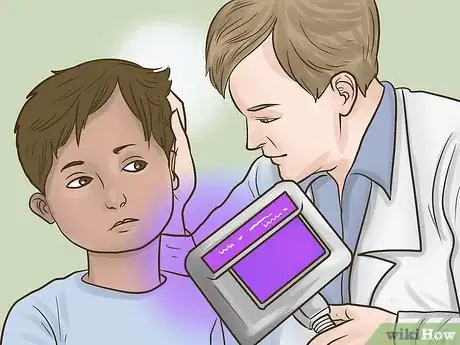
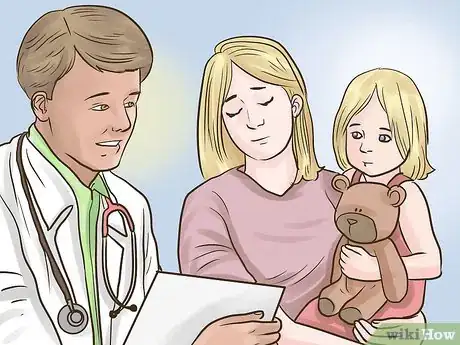
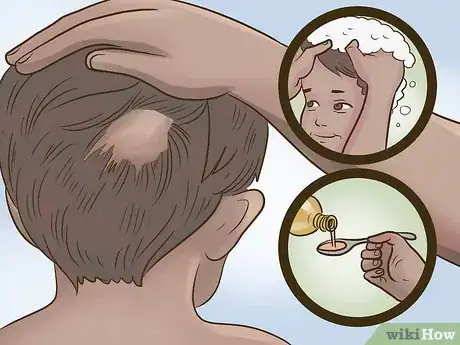
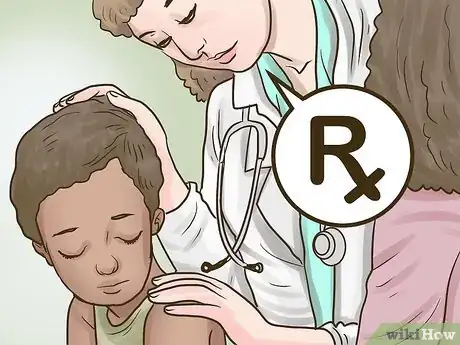
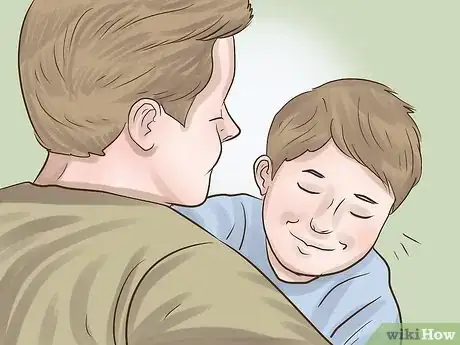
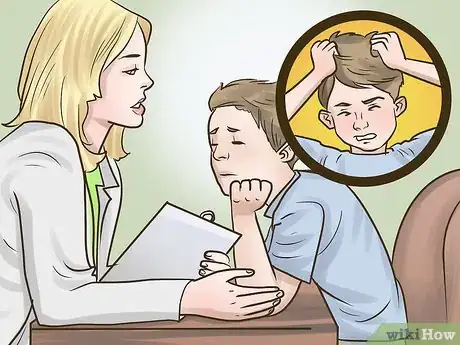
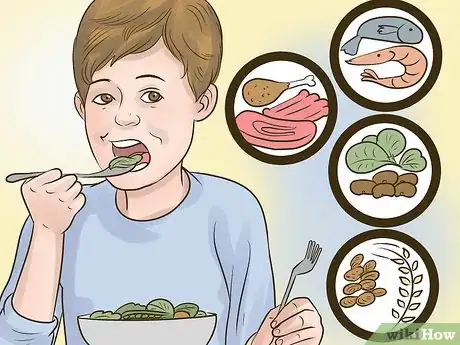

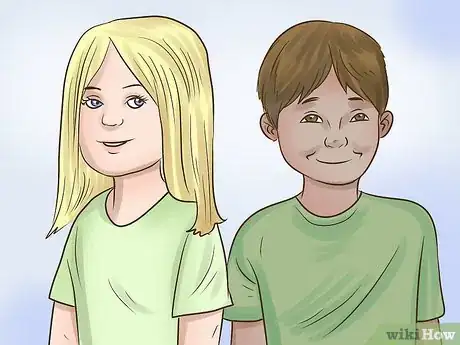
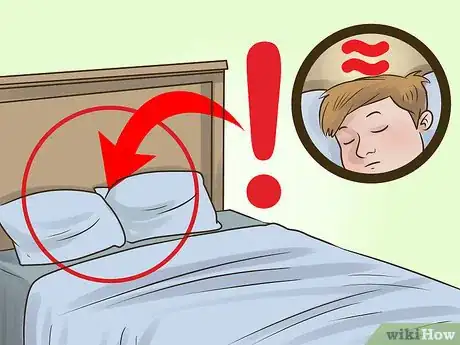
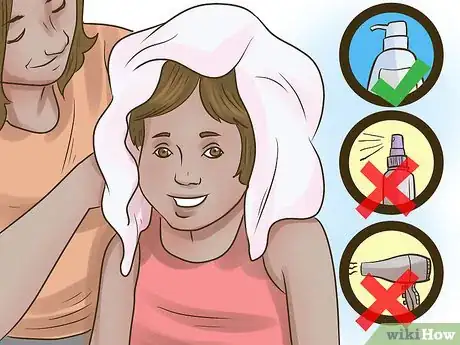
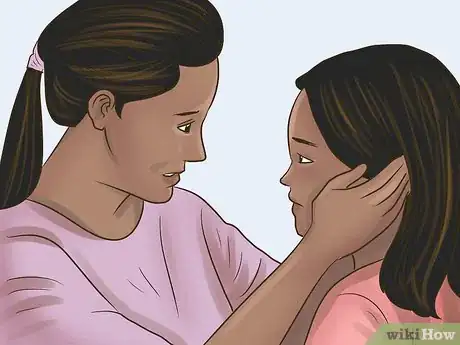
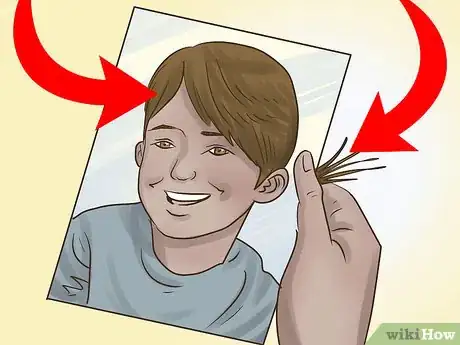
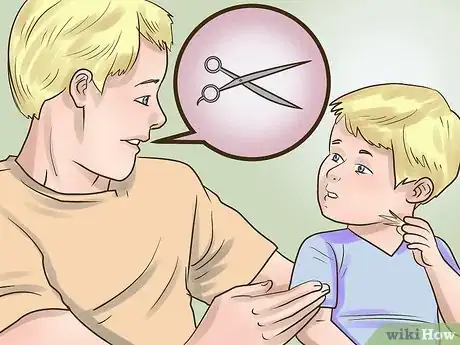
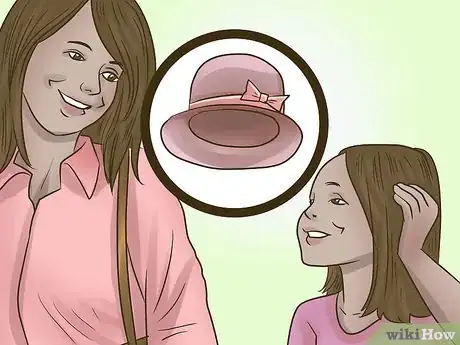
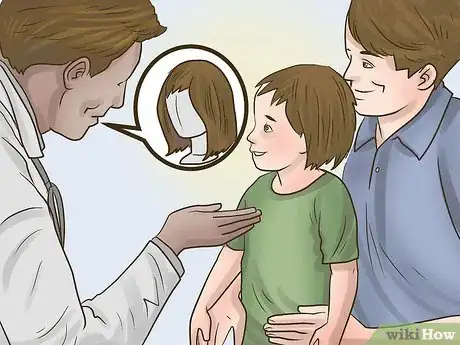
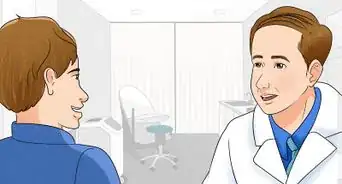
-Step-11.webp)
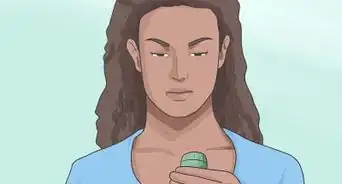
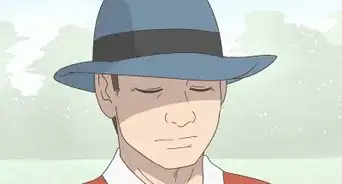

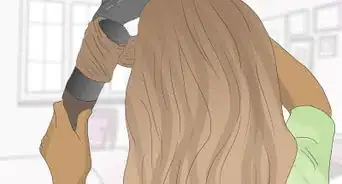
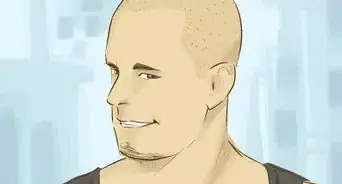
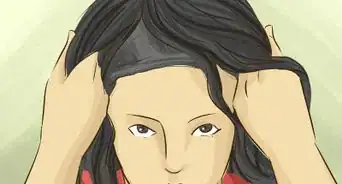
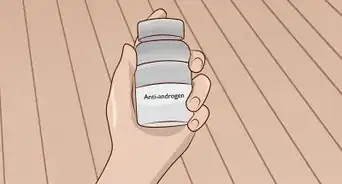
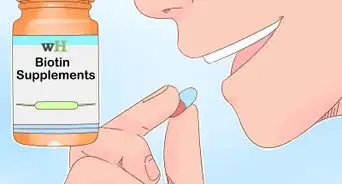
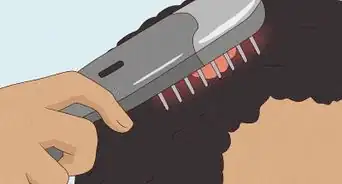
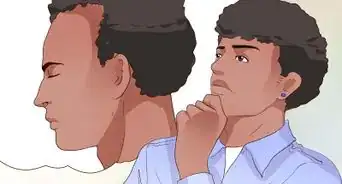
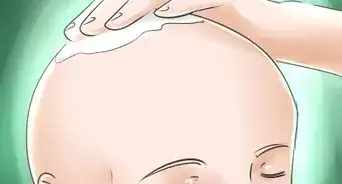
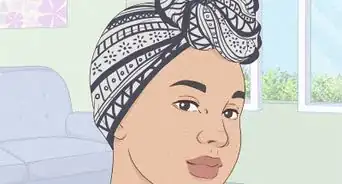







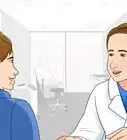
-Step-11.webp)
